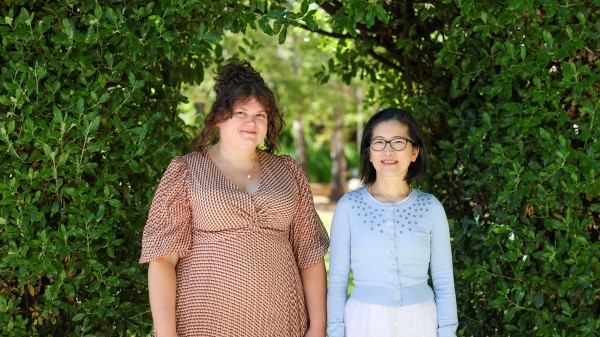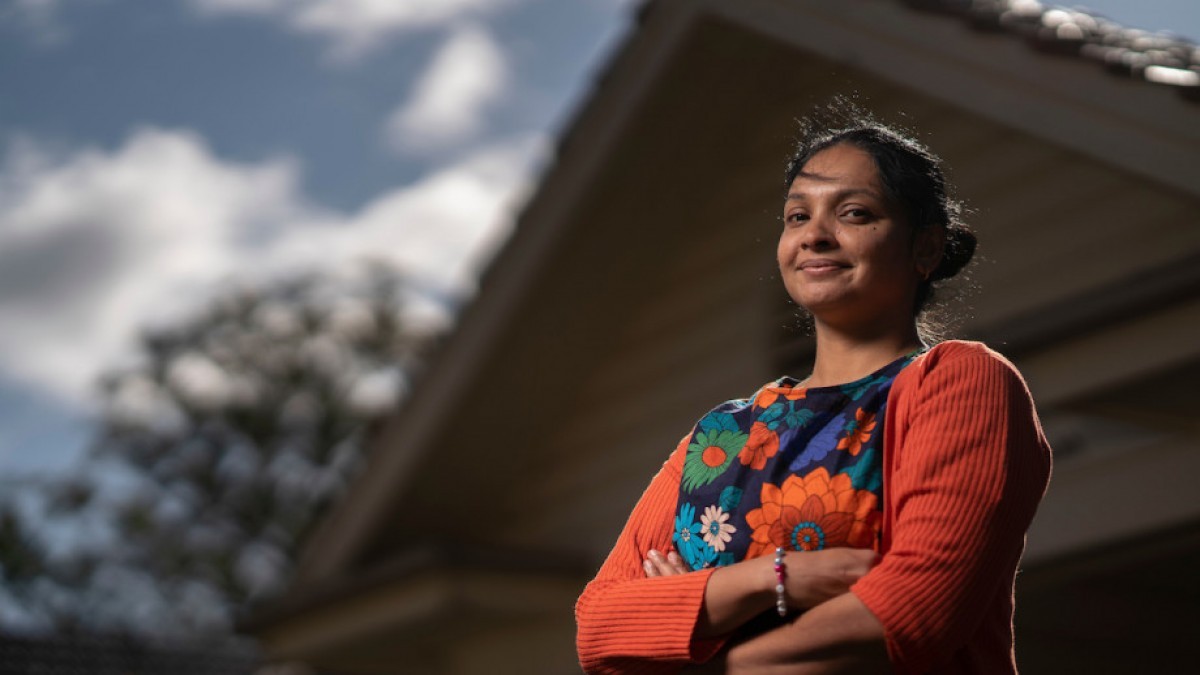As a woman living in the suburbs, climate change will probably impact my life in much the same way as it does for the man living next door. Vulnerability to climate change is magnified by the inequity of income, ethnicity, and gender – and I was lucky enough to be born into a middle-class Australian family.
Millions of women around the world do not have the benefit of growing up in such circumstances, however, and they are increasingly vulnerable to the impacts of climate change. Investigating climate change through a gender lens is something Associate Professor Aparna Lal is passionate about and wants to promote this International Women’s Day.
“The impacts of climate change and extreme weather events are not felt equally. Not only are impacts greater on some people because of existing vulnerabilities which include gender, but their ability to recover and be better prepared for the next event is smaller,” says Lal.
As climate change exerts additional environmental and economic stressors on communities, these are likely to be disproportionately felt by women who live in poverty and have less access to basic human rights. These stressors have also helped fuel the rise of organisations that profit from human trafficking and labour exploitation.
“The role of women and girls in collecting water is yet another example of this impact. Changes to local climates may result in them being forced to travel further distances to find water, which has implications for personal safety, increases sanitation insecurity during menstruation, as well as reduces opportunities for education.”
So it’s important that we don’t just consider the impact of climate change on different countries and populations as a whole, but also the impact within populations. Specifically the impact on women and girls – so how do we do this?
Give women a voice
At the same time as gender interacts with other factors that may increase a population’s risks to climate change and extreme events, gender provides a strong platform for sustainable, equitable and inclusive solutions.
“We need a diversity of perspectives to find solutions to these complex environmental problems, and this is unlikely if only a fraction of voices are being heard,” says Lal.
“I think we need to stop viewing ‘gender’ as a source of inequality, but rather a source of strength. In some of my work, women have raised the issue of tenurial rights (access and control over land) as one aspect of the solution. A simpler solution put forward speaks to the importance of education- women want to be able to make informed decisions and choices, they need access to information.”
In Australia, we are seeing the voices of youth gain centre stage and challenge decisions. For example, 17-year-old Anjali Sharma led a landmark class action – with seven other teenagers – in the Australian Federal Court against Australia’s environment minister Sussan Ley to prevent a coal mine expansion, arguing it would contribute to climate change which endangers their future.
Invite everyone to the table
“I personally love listening to stories and solutions from women around the world in regards to climate change. For me, I think part of this is because each story reveals such a diversity of lived experiences, competing priorities, and complex solutions,” says Lal.
However, Lal encourages us to listen to all voices – women, men, different social classes, leaders, researchers, and those with lived experiences of the problems faced.
“I think one of the risks of having a women-only consortium is that this feeling of empowerment only lasts a short amount of time, and is an echo chamber. When we leave this safe space and talk to people who don’t think the same way, it causes discomfort, and can be demoralising,” says Lal.
“By having more diverse voices included from the start, we allow for that discomfort to grow into potential solutions. It also highlights that we need more of the characteristics and perspectives more often associated with women in STEM. Leadership is not always about being the loudest or first one in the room to talk. Sometimes it is about standing back and creating a space for others.”
“It also goes beyond just being invited to sit at the table, but also leadership roles, and the ability and agency to shape the nature of the conversation while at the table are equally important.”
Equal opportunity for education
Getting more people together who think differently is imperative, because climate, the environment, and health are intricately linked. This starts with education, however many women don’t have the same opportunity as men to pursue studies.
“The opportunity for education shouldn’t be based on past achievements – because these are intrinsically linked to the opportunities people have,” says Lal.
“Making early childhood care and education financially accessible to many more carers would enable a greater diversity of people being educated. Having conversations around the current metrics of scholarship and success is needed, we have a fairly narrow view of what accomplishment and leadership looks like in society. Until we do things like this we won’t break the cycle of missed educational opportunities because the system doesn’t allow it.”
While women are being disproportionately affected by climate change – we are not helpless victims. Women are resilient and fighting for change. Giving a voice, leadership, and education to women can be transformative for the communities they live in and beyond. Climate change conversations are now including a gender lens, and we should consider this lens when we think and act on climate change initiatives.
Associate Professor Aparna Lal is a Fellow in the Environment, Climate and Health group at the National Centre for Epidemiology and Population Health. Lal also convenes the Master of Public Health course on Human Health, Environment and Climate Change.











